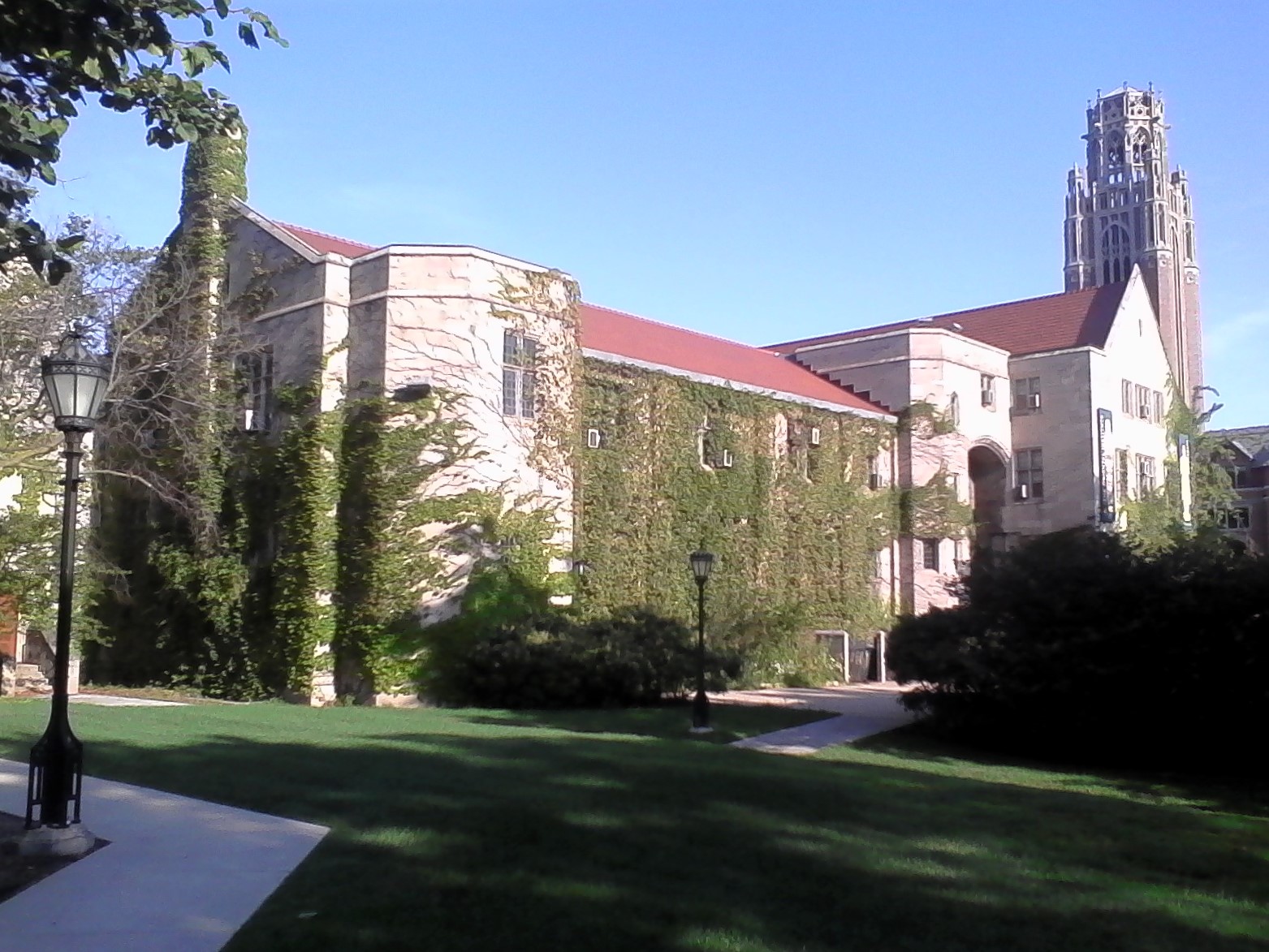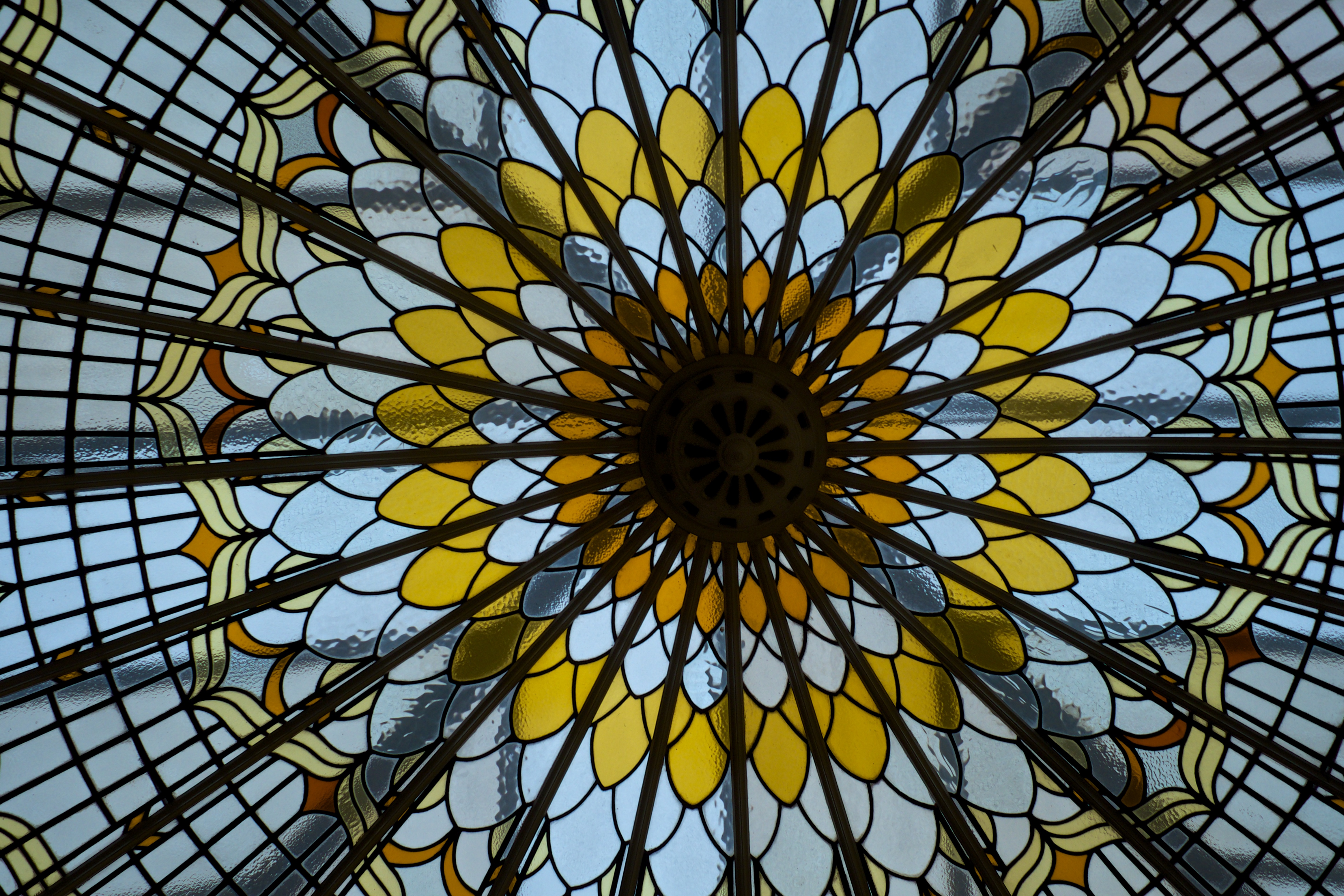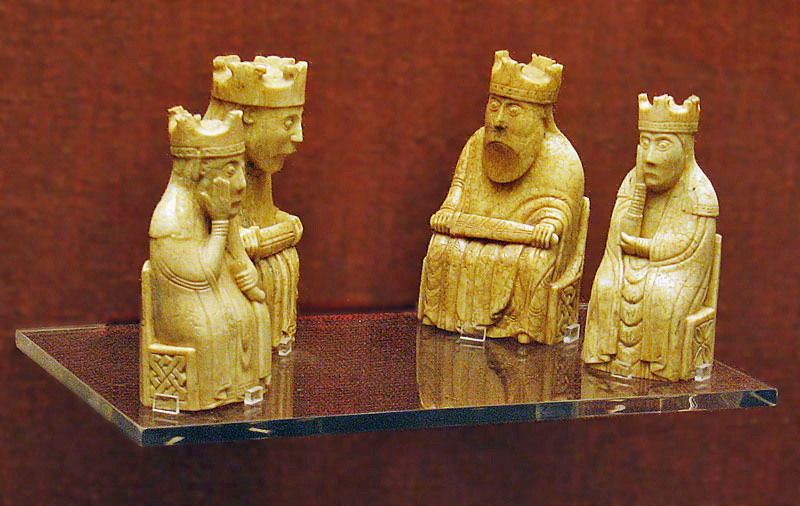|
Irving Finkel
Irving Leonard Finkel (born 1951) is an English philologist and Assyriologist. He is the Assistant Keeper of Ancient Mesopotamian script, languages and cultures in the Department of the Middle East in the British Museum, where he specialises in cuneiform inscriptions on tablets of clay from ancient Mesopotamia. Early life and education Finkel was born in 1951 to a dentist father and teacher mother, one of five children, and grew up at Palmers Green, North London. He was raised as an Orthodox Jew but became an atheist as a teenager. He earned a PhD in Assyriology from the University of Birmingham under the supervision of Wilfred G. Lambert with a dissertation on Babylonian exorcistic spells against demons. Career Philology Finkel spent three years as a Research Fellow at the University of Chicago Oriental Institute. In 1976 he returned to the UK, and was appointed Assistant Keeper in the Department of Western Asiatic Antiquities at the British Museum, where he was (and remains) ... [...More Info...] [...Related Items...] OR: [Wikipedia] [Google] [Baidu] [Amazon] |
Oriental Institute (Chicago)
The Institute for the Study of Ancient Cultures, West Asia & North Africa (ISAC), formerly known as the Oriental Institute, is the University of Chicago's interdisciplinary research center for ancient Near Eastern studies and archaeology museum. Established in 1919, it was founded for the university by Egyptology and ancient history professor James Henry Breasted with funds donated by John D. Rockefeller Jr. It conducts research on ancient civilizations throughout the Near East, including at its facility, Chicago House, in Luxor, Egypt. The institute also publicly exhibits an extensive collection of artifacts related to ancient civilizations and archaeological discoveries at its on-campus building in Hyde Park, Chicago. According to anthropologist William Parkinson of the Field Museum, the ISAC's highly focused "near Eastern, or southwest Asian and Egyptian" collection is one of the finest in the world. History In the early 20th century, James Henry Breasted built up the collect ... [...More Info...] [...Related Items...] OR: [Wikipedia] [Google] [Baidu] [Amazon] |
Bryn Mawr Classical Review
''Bryn Mawr Classical Review'' (''BMCR''), founded in 1990, is an open access journal that as of 2008 published reviews of scholarly work in the field of classical studies including classical archaeology. The journal describes itself as the second oldest online humanities scholarly journal. As of 2015, it described itself as providing both online and print subscriptions at no charge. By its own description, the journal is funded entirely by the sale of Bryn Mawr Commentaries. The journal receives many submissions from volunteers, and its editors maintain an online list of materials that need to be reviewed for those interested. It states that the online version also offers access to Bryn Mawr's electronic resource review, which is made up of reviews of non-print classical scholarly writings (which as of 2015 had not been indexed). ''Bryn Mawr Classical Review'' describes itself as having begun in 1990 as a LISTSERV created by John Price-Wilkin of the University of Michigan, who ... [...More Info...] [...Related Items...] OR: [Wikipedia] [Google] [Baidu] [Amazon] |
Nathan Penlington
Nathan Penlington (born in Rhyl, North Wales), is a writer, poet, live literature producer and magician. His work has appeared on stage, in print and on the radio. Career Nathan Penlington currently performs at venues and festivals across the UK, Europe and the US, sharing stages with performers such as John Cooper Clarke, Ricky Gervais and Phill Jupitus. His performances fuse comedy, storytelling and magic with writing that led Robert Newman to describe him as "a natural performer, witty, inventive, stylish and original", and '' Time Out'' to comment, "Nathan Penlington's fusion of wit, storytelling and visuals are icgarnering critics' plaudits and attention." Penlington was co-organiser and resident host of London's weekly spoken word venue ''Shortfuse'', from April 2000 to September 2007, with its reputation for an eclectic fusion of stand-up poetry, performance comedy and music, and presenting up-and-coming performers alongside established names such as John Hegley, Stewa ... [...More Info...] [...Related Items...] OR: [Wikipedia] [Google] [Baidu] [Amazon] |
V&A Museum Of Childhood
Young V&A, formerly the V&A Museum of Childhood, is a branch of the Victoria and Albert Museum (the "V&A"), which is the United Kingdom's national museum of applied arts. It is in Bethnal Green in the East End of London, and specialises in objects by and for children. In 2024 it was awarded the Museum of the Year prize. History The museum was founded in 1872 as the Bethnal Green Museum. However, the iron structure was a prefabricated building originally constructed at Albertopolis, South Kensington in 1856-7, which was displaced by the construction of early phases of the present V&A complex. The exterior elevations of the building were designed by James William Wild in red brick in a Rundbogenstil (round-arched) style very similar to that in contemporary Germany and using a cast iron structure manufactured by Charles Denoon Young and Company. The similarity to contemporary industrial structures led to the disparaging name of the building as the 'Brompton Boilers'. This is effe ... [...More Info...] [...Related Items...] OR: [Wikipedia] [Google] [Baidu] [Amazon] |
Bishopsgate Institute
Bishopsgate Institute is a cultural institute in the Bishopsgate area east of the City of London. The institute was established in 1895. It offers a cultural events programme, courses for adults, historic library and archive collections, and a community programme. History The Grade II* listed building was the first of the three major buildings designed by architect Charles Harrison Townsend (1851–1928). The other two are the nearby Whitechapel Gallery and the Horniman Museum in south London. His work combined elements of the Arts and Crafts movement and Modern Style (British Art Nouveau style), along with the typically Victorian. Since opening on New Year's Day 1895, the Bishopsgate Institute has been a centre for culture and learning. The original aims of the institute were to provide a public library, public hall and meeting rooms for people living and working in the City of London. The Great Hall, in particular, was ''erected for the benefit of the public to promot ... [...More Info...] [...Related Items...] OR: [Wikipedia] [Google] [Baidu] [Amazon] |
Lewis Chessmen
The Lewis chessmen ( ) or Uig chessmen, named after the island or the bay where they were found, are a group of distinctive 12th-century chess pieces, along with other game pieces, most of which are carved from walrus ivory. Discovered in 1831 on the Isle of Lewis in the Outer Hebrides of Scotland, they may constitute some of the few complete, surviving medieval chess sets, although it is not clear if a single complete period-accurate set can be assembled from the pieces. When found, the hoard contained 94 objects: 78 chess pieces, 14 tablemen (pieces for backgammon or similar games) and one belt buckle. Today, 82 pieces are owned and usually exhibited by the British Museum in London, and the remaining 11 are at the National Museum of Scotland in Edinburgh; at least one chess piece is owned privately. A newly identified piece, a "warder", the equivalent of a rook, was sold for £735,000 in July 2019. Four other major pieces, and many pawns, remain miss ... [...More Info...] [...Related Items...] OR: [Wikipedia] [Google] [Baidu] [Amazon] |
Royal Game Of Ur
The Royal Game of Ur is a two-player strategy race board game of the tables family that was first played in ancient Mesopotamia during the early third millennium BC. The game was popular across the Middle East among people of all social strata, and boards for playing it have been found at locations as far away from Mesopotamia as Crete and Sri Lanka. One board, held by the British Museum, is dated to 2600 – c. 2400 BC, making it one of the oldest game boards in the world. The Royal Game of Ur is sometimes equated to another ancient game which it closely resembles, the Game of Twenty Squares. At the height of its popularity, the game acquired spiritual significance, and events in the game were believed to reflect a player's future and convey messages from deities or other supernatural beings. The Game of Ur remained popular until late antiquity, when it stopped being played, possibly evolving into, or being displaced by, a form of tables game. It was eventually forgotten e ... [...More Info...] [...Related Items...] OR: [Wikipedia] [Google] [Baidu] [Amazon] |
International Board Game Studies Association
The International Board Game Studies Association (IBGSA) is an academic professional association "devoted to the history and development of board games throughout the world". The IBGSA sponsors an annual scholarly conference, the BGSA Colloquium, as well as an academic peer-reviewed journal, ''Board Game Studies''. The IBGSA's membership includes academics, museum curators, game designers, archivists, and collectors. History The International Board Game Studies Association grew out of a colloquium organised by Dr Irving Finkel at the British Museum in 1990. A volume of papers related to this event was subsequently published by the British Museum Press as ''Ancient Board Games in Perspective''. After the initial colloquium, Dr Alexander de Voogt, then of the University of Leiden in the Netherlands, convened a second colloquium, held at the University of Leiden in 1995. It was agreed by the members of the International Board Game Studies Association to meet biennially, and the nex ... [...More Info...] [...Related Items...] OR: [Wikipedia] [Google] [Baidu] [Amazon] |
History Of Board Games
A board game is a type of tabletop game that involves small objects () that are placed and moved in particular ways on a specially designed patterned game board, potentially including other components, e.g. dice. The earliest known uses of the term "board game" are between the 1840s and 1850s. While game boards are a necessary and sufficient condition of this genre, card games that do not use a standard deck of cards, as well as games that use neither cards nor a game board, are often colloquially included, with some referring to this genre generally as "table and board games" or simply "tabletop games". Eras Ancient era Board games have been played, traveled, and evolved in most cultures and societies throughout history Board games have been discovered in a number of archaeological sites. The oldest discovered gaming pieces were discovered in southwest Turkey, a set of elaborate sculptured stones in sets of four designed for a chess-like game, which were created during the ... [...More Info...] [...Related Items...] OR: [Wikipedia] [Google] [Baidu] [Amazon] |
Bitumen
Bitumen ( , ) is an immensely viscosity, viscous constituent of petroleum. Depending on its exact composition, it can be a sticky, black liquid or an apparently solid mass that behaves as a liquid over very large time scales. In American English, the material is commonly referred to as asphalt or tar. Whether found in natural deposits or refined from petroleum, the substance is classed as a pitch (resin), pitch. Prior to the 20th century, the term asphaltum was in general use. The word derives from the Ancient Greek word (), which referred to natural bitumen or pitch. The largest natural deposit of bitumen in the world is the Pitch Lake of southwest Trinidad, which is estimated to contain 10 million tons. About 70% of annual bitumen production is destined for road surface, road construction, its primary use. In this application, bitumen is used to bind construction aggregate, aggregate particles like gravel and forms a substance referred to as asphalt concrete, which is collo ... [...More Info...] [...Related Items...] OR: [Wikipedia] [Google] [Baidu] [Amazon] |
List Of Nova Episodes
A list is a set of discrete items of information collected and set forth in some format for utility, entertainment, or other purposes. A list may be memorialized in any number of ways, including existing only in the mind of the list-maker, but lists are frequently written down on paper, or maintained electronically. Lists are "most frequently a tool", and "one does not ''read'' but only ''uses'' a list: one looks up the relevant information in it, but usually does not need to deal with it as a whole". Lucie Doležalová,The Potential and Limitations of Studying Lists, in Lucie Doležalová, ed., ''The Charm of a List: From the Sumerians to Computerised Data Processing'' (2009). Purpose It has been observed that, with a few exceptions, "the scholarship on lists remains fragmented". David Wallechinsky, a co-author of '' The Book of Lists'', described the attraction of lists as being "because we live in an era of overstimulation, especially in terms of information, and lists help ... [...More Info...] [...Related Items...] OR: [Wikipedia] [Google] [Baidu] [Amazon] |







